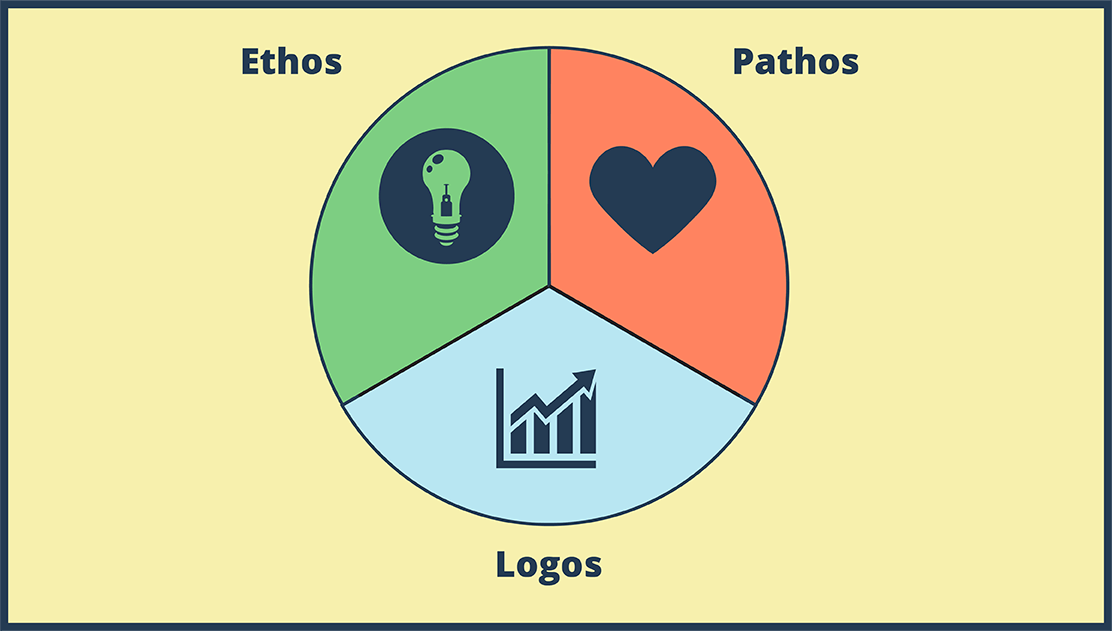How to Use a Protractor

Puteți găsi acest scenariu în următoarele articole și resurse:

Folosind Storyboard That în Clasa Dvs. de Matematică
Ajutoare Vizuale Pentru Sala de Clasă Modernă
Storyboard That facilitează încorporarea învățării vizuale în cursul dvs. de matematică și conținutul adaptat elevilor dvs. Șabloanele ușor de personalizat vă permit să vă asigurați că fișele de lucru pe care le oferiți studenților le îndeplinesc acolo unde se află și provoacă conceptele pe care încă lucrează să le stăpânească.

Creați Imagini Educaționale Captivante: Cum să Diagramați un Proces
Planuri de Lecție de Anna Warfield
Instrucțiunile și procesele sunt mult mai ușor de înțeles atunci când sunt însoțite de elemente vizuale. Când creăm un scenariu pentru un proces sau creăm o diagramă secvenţială, ne putem concentra pe paşi, cauză şi efect, şi secvenţă.
'
Consultați câteva dintre celelalte articole educaționale!
Storyboard Descriere
How to Use a protractor graphic organizer - diagram a process
Storyboard Text
- Slide: 1
- GAH! Math is so stupid! It doesn't make any sense!
- Slide: 2
- This protractor thing is impossible!
- Slide: 4
- Make sure the protractor is not backwards! It makes life so much easier if you can read the numbers.
- Slide: 5
- Before we measure, tell me if this is an acute, right, or obtuse angle.
- Slide: 6
-
- Acute?
- It IS acute, so that means it measures less than 90 degrees. We already know the answer is between 0 and 90 degrees!
- Slide: 7
- There are two parts of the protractor to help you get the angle in the right place: 1) an upside-down T at the bottom middle 2) the base line (0 degrees or 180 degrees)
- Slide: 8
- We want to place the protractor on top of the angle so the middle of the T is at the vertex.
- Slide: 9
- Rotate the protractor so the vertex of the angle is still at the T, but one leg of the angle is lined up with the 0 degree line.
- Slide: 10
- The line doesn't reach the numbers!
- That's OK. Don't you remember that definition about angles? Two RAYS with the same endpoint? Rays go on forever, so we can just extend the legs of the angle.
- Slide: 11
- The legs of the angle are extended, so we just need to read the numbers. Our options are 140 degrees or 40 degrees. Which is it?
- Slide: 12
- Acute angle! 40 degrees! Take that MATH!
- Slide: 0
- I will show you how to use it. Well, step 1...
- Maybe I can help.
Peste 30 de milioane de Storyboard-uri create
Fără Descărcări, Fără Card de Credit și Fără Autentificare Pentru a Încerca!



